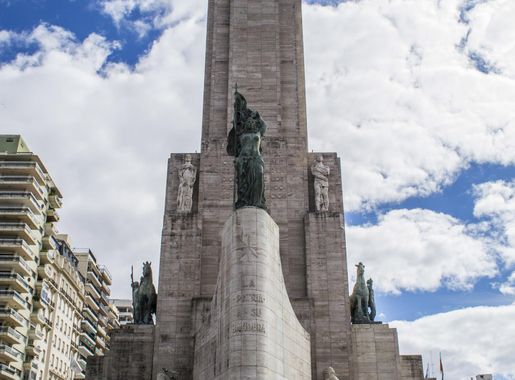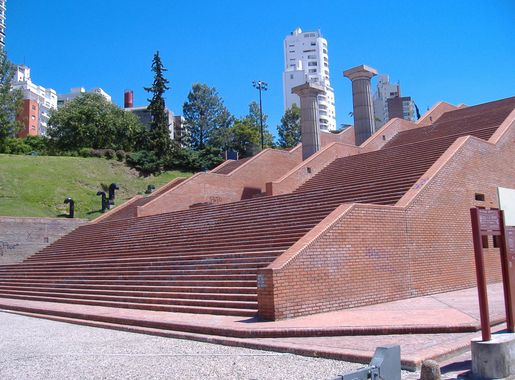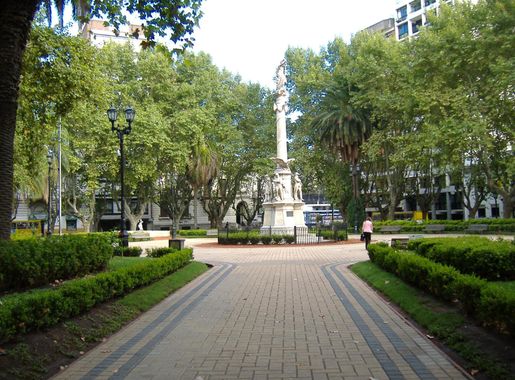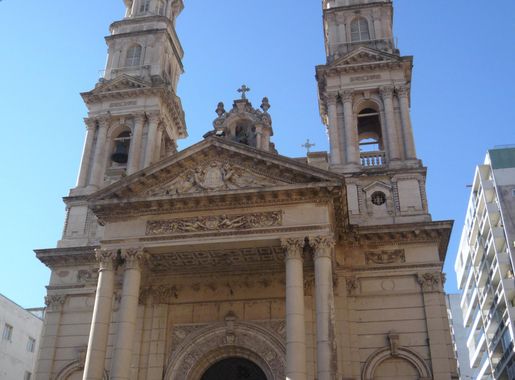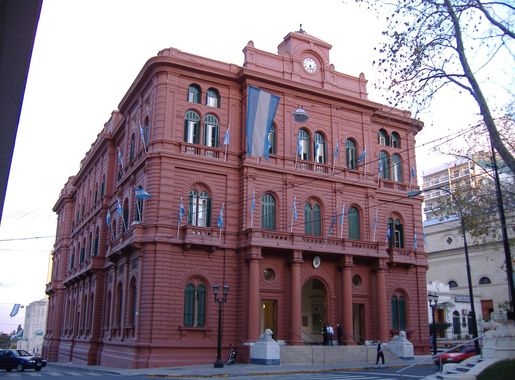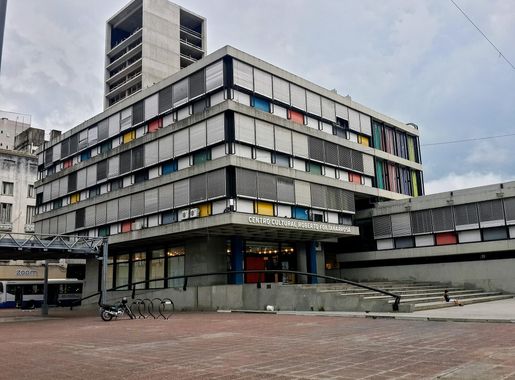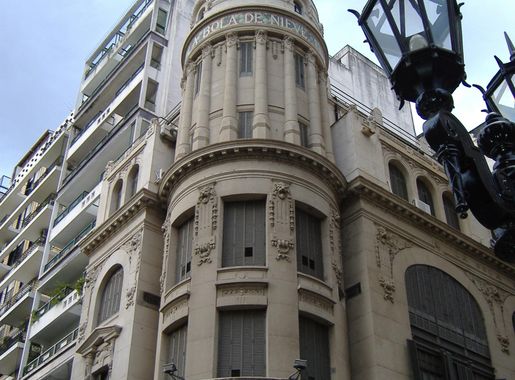
The Heartbeat of Rosario: Microcentro
Discover Microcentro in Rosario, Argentina: A dynamic blend of history, culture, and vibrant nightlife in the heart of the city.
Microcentro, the bustling heart of Rosario, Argentina, is a neighborhood that encapsulates the vibrant spirit and rich history of the city. This downtown area is a must-visit for any traveler looking to experience the true essence of Rosario. The streets are lined with historic buildings, modern shops, and a variety of cafes and restaurants that offer a taste of local cuisine and culture. Strolling through Microcentro, you'll encounter key landmarks such as the National Flag Memorial, a towering tribute that commemorates the creation of the Argentine flag. This iconic monument is surrounded by well-manicured parks and offers panoramic views of the Paraná River, making it a perfect spot for both history buffs and casual sightseers. The neighborhood is also a cultural hub, featuring numerous theaters, galleries, and museums. The El Círculo Theater is a standout, renowned for its stunning architecture and a diverse lineup of performances. Art lovers will appreciate the Museo de Arte Contemporáneo, which showcases contemporary Argentine art. Meanwhile, shoppers can explore the pedestrian-friendly Calle Córdoba, a lively street filled with an array of boutiques and artisan shops. In the evenings, Microcentro comes alive with a vibrant nightlife. From cozy wine bars to energetic nightclubs, there's something for everyone. The local cuisine is a highlight, with many restaurants offering traditional Argentine dishes such as empanadas, asado, and milanesas. Whether you're here for the history, the culture, or the food, Microcentro in Rosario promises an unforgettable experience.
Local tips in Microcentro
- Visit the National Flag Memorial early in the morning to avoid crowds and enjoy the serene atmosphere.
- Wear comfortable shoes as the best way to explore Microcentro is on foot.
- Check the schedule at El Círculo Theater for any live performances during your stay.
- Try local street food from vendors along Calle Córdoba for an authentic taste of Rosario.
- Keep an eye on your belongings, especially in crowded areas, to ensure a safe visit.
The Heartbeat of Rosario: Microcentro
Microcentro, the bustling heart of Rosario, Argentina, is a neighborhood that encapsulates the vibrant spirit and rich history of the city. This downtown area is a must-visit for any traveler looking to experience the true essence of Rosario. The streets are lined with historic buildings, modern shops, and a variety of cafes and restaurants that offer a taste of local cuisine and culture. Strolling through Microcentro, you'll encounter key landmarks such as the National Flag Memorial, a towering tribute that commemorates the creation of the Argentine flag. This iconic monument is surrounded by well-manicured parks and offers panoramic views of the Paraná River, making it a perfect spot for both history buffs and casual sightseers. The neighborhood is also a cultural hub, featuring numerous theaters, galleries, and museums. The El Círculo Theater is a standout, renowned for its stunning architecture and a diverse lineup of performances. Art lovers will appreciate the Museo de Arte Contemporáneo, which showcases contemporary Argentine art. Meanwhile, shoppers can explore the pedestrian-friendly Calle Córdoba, a lively street filled with an array of boutiques and artisan shops. In the evenings, Microcentro comes alive with a vibrant nightlife. From cozy wine bars to energetic nightclubs, there's something for everyone. The local cuisine is a highlight, with many restaurants offering traditional Argentine dishes such as empanadas, asado, and milanesas. Whether you're here for the history, the culture, or the food, Microcentro in Rosario promises an unforgettable experience.
Iconic landmarks you can’t miss
Monumento Histórico Nacional a la Bandera
Explore the Monumento Histórico Nacional a la Bandera in Rosario, a stunning tribute to Argentina’s heritage and a must-see for every traveler.
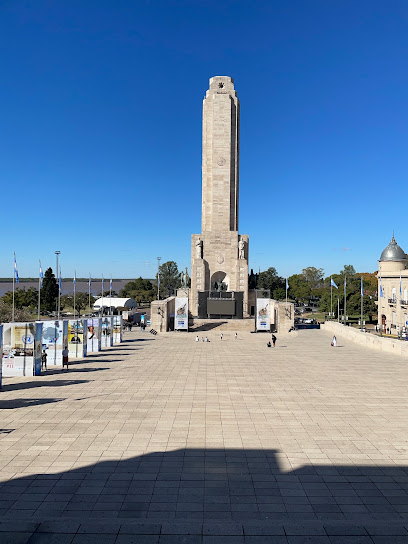
Parque Urquiza
Experience the tranquil beauty of Parque Urquiza, a lush urban park in Rosario perfect for relaxation, recreation, and local culture.
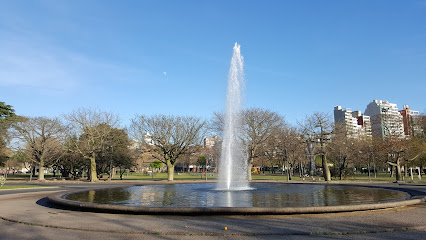
Plaza San Martín
Discover the charm of Rosario at Plaza San Martín, a serene park filled with history, art, and vibrant local culture, perfect for relaxation and exploration.
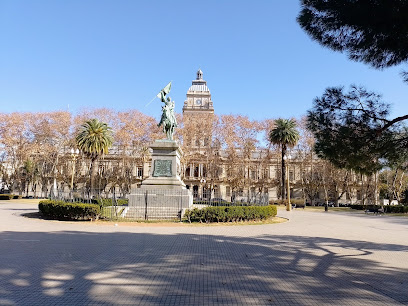
Flag National Park
Explore Flag National Park, a serene urban oasis in Rosario, where culture meets nature amidst scenic landscapes and historical monuments.

Plaza 25 de Mayo
Explore Plaza 25 de Mayo in Rosario, a vibrant park blending history, culture, and community in the heart of Argentina's beautiful city.
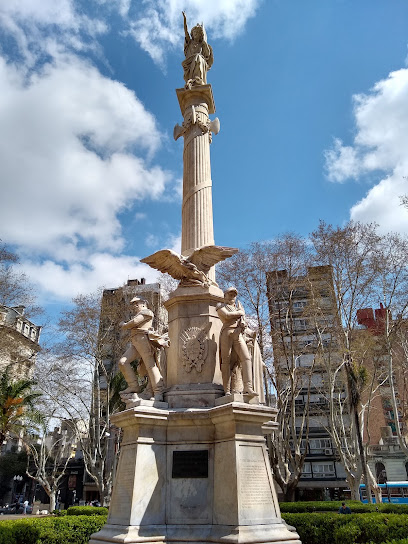
Cathedral Basilica Our Lady of Rosario
Discover the breathtaking Cathedral Basilica Our Lady of Rosario, an architectural marvel and spiritual haven nestled in the heart of Argentina's vibrant Rosario.
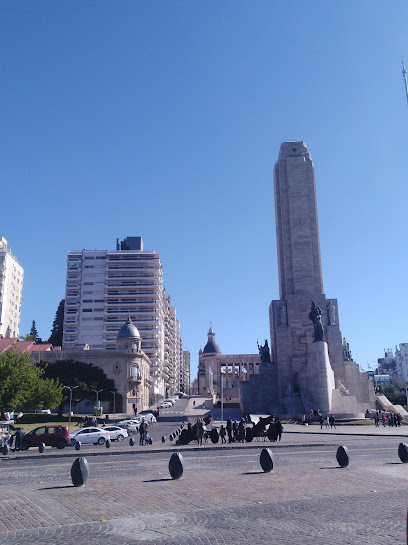
Plaza Barranca de las Ceibas.
Explore the serene beauty of Plaza Barranca de las Ceibas in Rosario, a perfect blend of nature and art in the heart of the city.
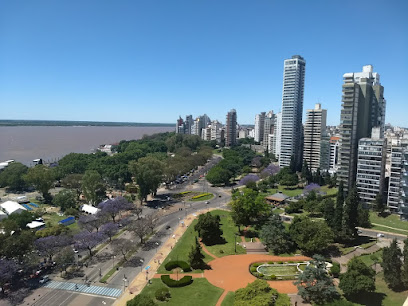
Museum Diario La Capital
Explore the historical narrative of Rosario at Museum Diario La Capital, where journalism and culture converge in a captivating experience.
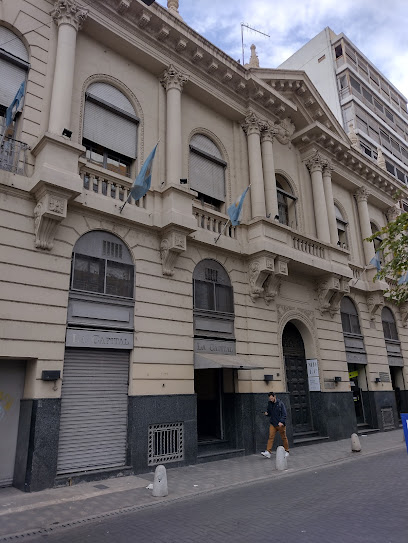
Rosario Free Tour
Explore Rosario's history and culture with the enriching Rosario Free Tour, a budget-friendly adventure through this vibrant Argentine city.
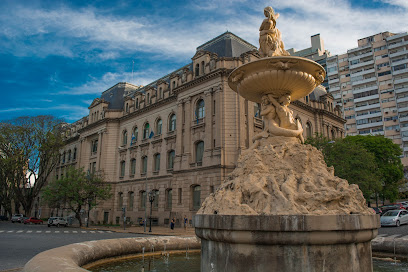
Palacio Fuentes
Unveil the beauty and history of Palacio Fuentes, a grand historical landmark in Rosario, Argentina, showcasing stunning architecture and rich cultural heritage.

Essential places to dine
Rock&Feller's Bv. Oroño
Discover the vibrant flavors of American cuisine at Rock&Feller's Bv. Oroño in Rosario - where great food meets lively cocktails.
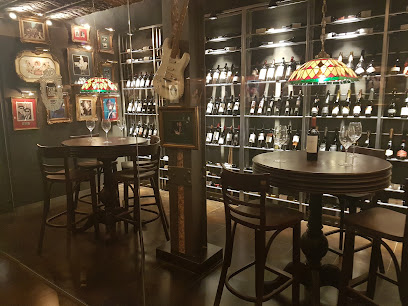
Bar El Cairo
Discover Bar El Cairo: A culinary gem in Rosario blending Argentine flavors with artistic charm in a cozy setting.
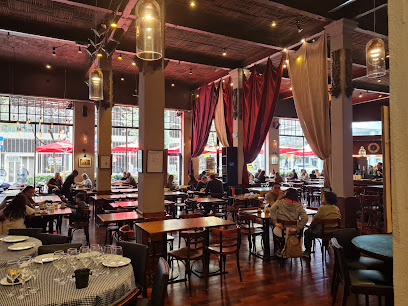
Los Jardines
Experience authentic Argentine cuisine at Los Jardines in Rosario - where local flavors meet contemporary dining in a charming setting.
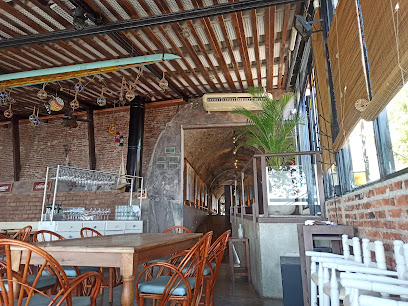
La Marina Restaurante Español
Savor authentic Spanish cuisine at La Marina Restaurante Español in Rosario - where every meal is a celebration of flavor.
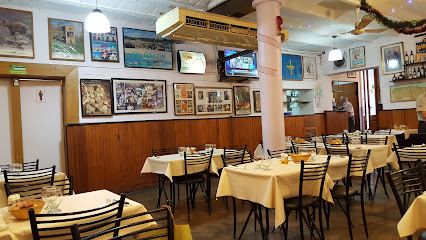
Caprese
Experience authentic Argentine cuisine at Caprese Gastropub in Rosario—where traditional flavors meet modern flair.

Rock&Feller's Savoy
Experience the vibrant culinary scene at Rock&Feller's Savoy in Rosario – where local flavors meet international flair.
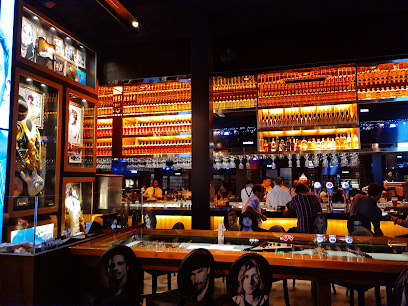
Bar Gordon
Experience authentic Argentine grilling at Bar Gordon in Rosario—where every bite is a celebration of flavor and tradition.
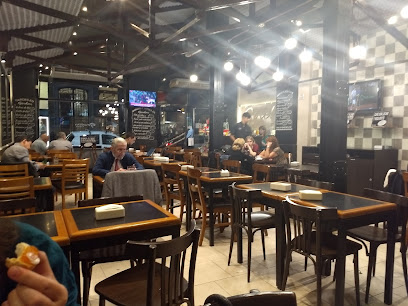
El Ancla Restaurant
Experience authentic Argentinian cuisine at El Ancla Restaurant in Rosario – where flavor meets tradition.
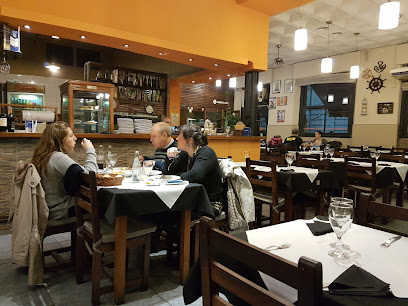
Portobello
Experience authentic Argentine grilling at Portobello in Rosario – where every bite tells a story of flavor and tradition.
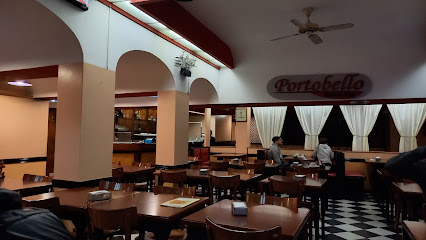
El Ruedo
Experience the vibrant flavors of Argentina at El Ruedo, a top-rated gastropub in Santa Fe offering delicious dishes and craft beverages.
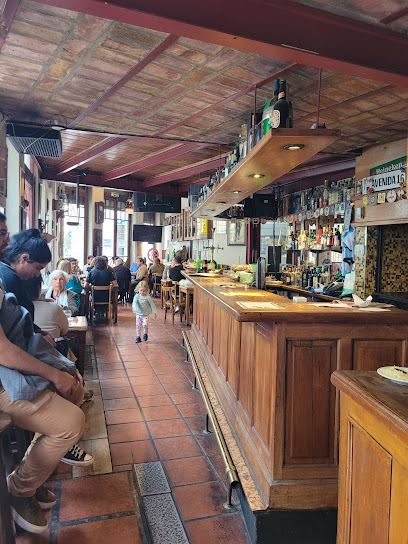
Markets, malls and hidden boutiques
Rosario Shopping store
Explore Rosario Shopping Store, a unique destination for gifts, anime collectibles, and local treasures in the heart of Rosario, Santa Fe.
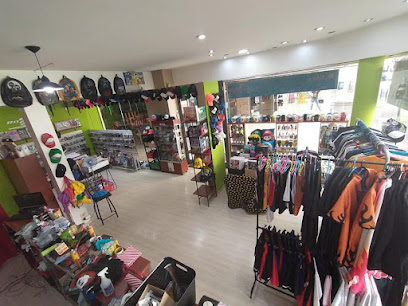
Overlook
Explore Overlook, Rosario's charming gift shop offering unique souvenirs and local crafts that reflect Argentine culture and creativity.
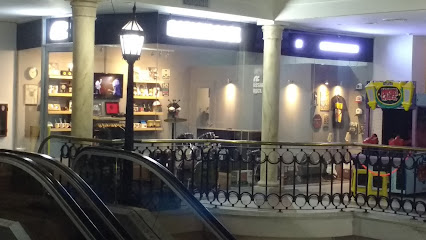
Aurora Style
Discover the latest in women's fashion at Aurora Style, a chic clothing store in the heart of Rosario, perfect for every style and occasion.
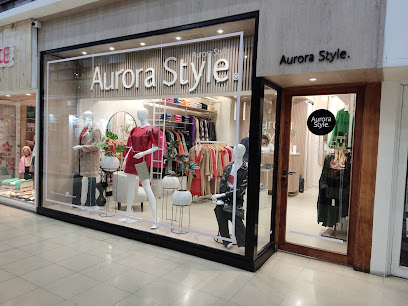
La Virino
Discover unique fashion and accessories at La Virino, a chic boutique in the heart of Santa Fe, Argentina, offering local style and artistic flair.

ANTIPOP
Explore unique fashion and contemporary apparel at ANTIPOP, the stylish clothing store in Rosario, Argentina.
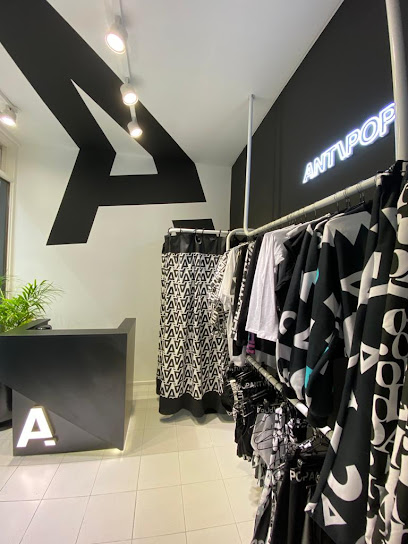
Tienda Amsterdam
Experience the vibrant culture of Rosario at Tienda Amsterdam, your go-to destination for unique Argentine souvenirs and local treasures.
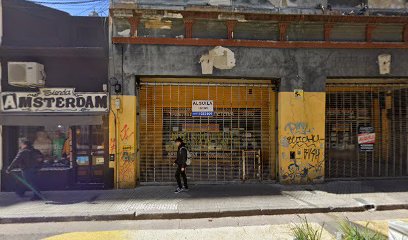
BICHA
Discover BICHA in Rosario, where fashion meets quality in a stylish clothing store offering unique apparel for every taste.
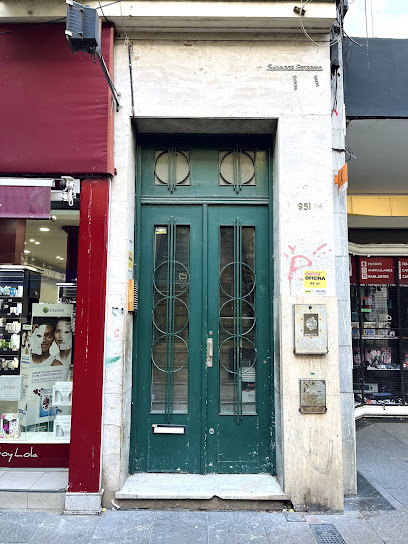
Devo Vintage
Explore the charm of vintage fashion at Devo Vintage in Rosario, where each piece tells a unique story of style and history.
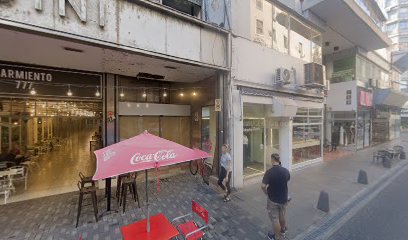
Zingara Rosario
Explore Zingara Rosario for trendy women's fashion, vibrant styles, and a unique shopping experience in the heart of Rosario.
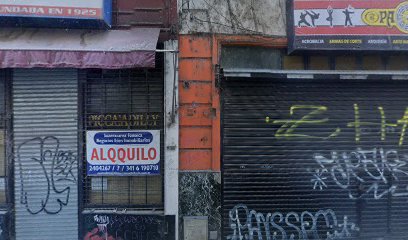
Ajax
Explore unique gifts and local crafts at Ajax Gift Shop in Rosario, a treasure trove for tourists seeking authentic Argentine souvenirs.

Essential bars & hidden hideouts
Bar El Cairo
Experience the vibrant culinary scene of Rosario at Bar El Cairo, where traditional Argentine flavors meet a cozy café atmosphere.
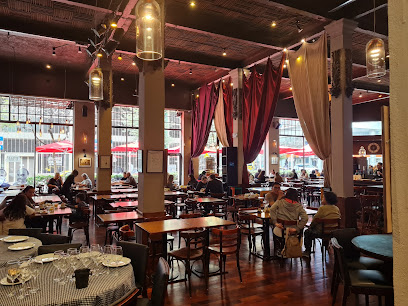
EL DIABLITO
Experience the vibrant nightlife at El Diablito, Santa Fe's premier cocktail bar, serving innovative drinks in a lively atmosphere.
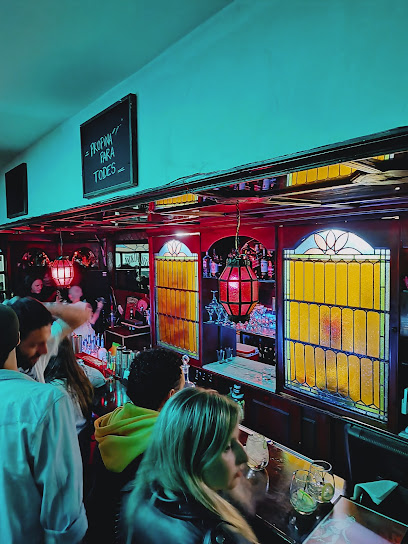
FEUER
FEUER offers a vibrant nightlife experience in Rosario with delicious food, creative cocktails, and a lively atmosphere for an unforgettable evening.
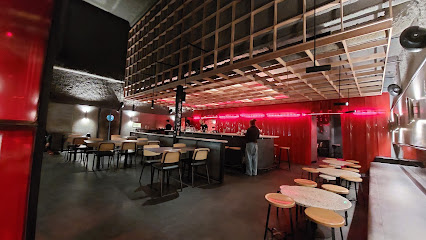
Resto Bar Pico Fino
Discover Resto Bar Pico Fino: A lively bar in Rosario, Argentina, offering delicious food and refreshing drinks in a vibrant atmosphere.

Allison Pool & Pub
Experience the vibrant nightlife of Rosario at Allison Pool & Pub, a lively bar and pool hall perfect for socializing and enjoying drinks with friends.
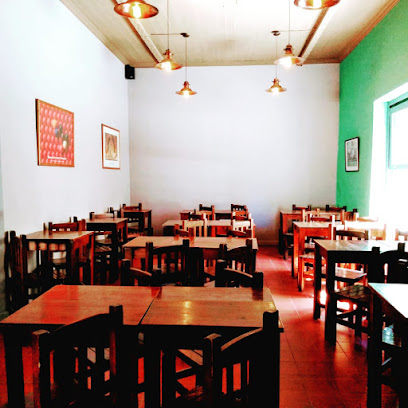
Milano Bar
Discover the vibrant atmosphere of Milano Bar in Rosario, where local flavors and lively entertainment come together for an unforgettable experience.
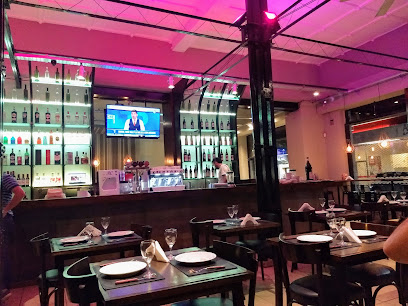
Good Bar
Discover the flavors of Rosario at Good Bar, where delicious grilled dishes and craft beers meet an inviting atmosphere in the heart of the city.
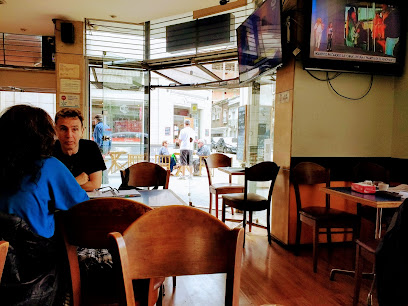
Dublín Cultural Bar
Dublín Cultural Bar: A vibrant brewpub and cultural hub in Rosario, showcasing local talents with every drink and tune.
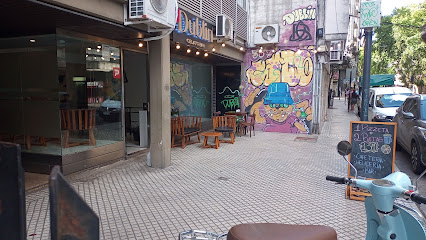
Feca Bar & bistro
Discover the vibrant flavors and lively atmosphere at Feca Bar & Bistro in Rosario, a must-visit destination for food and nightlife lovers.
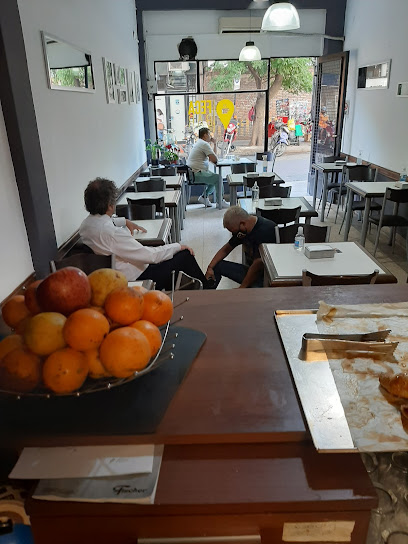
Bar Papa Charles
Discover the cozy charm of Bar Papa Charles in Rosario, where local flavors meet a welcoming atmosphere, perfect for relaxation and enjoyment.
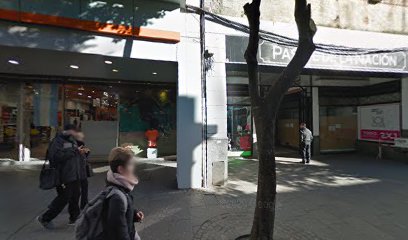
Local Phrases
-
- HelloHola
[oh-lah] - GoodbyeChau
[chow] - YesSí
[see] - NoNo
[noh] - Please/You're welcomePor favor/De nada
[por fah-vor/de nah-dah] - Thank youGracias
[grah-see-as] - Excuse me/SorryPerdón/Disculpa
[pair-dohn/dees-kool-pah] - How are you?¿Cómo estás?
[koh-moh es-tahs] - Fine. And you?Bien. ¿Y tú?
[bee-en. ee too] - Do you speak English?¿Hablás inglés?
[ah-blahs een-glehs] - I don't understandNo entiendo
[noh en-tee-en-doh]
- HelloHola
-
- I'd like to see the menu, pleaseMe gustaría ver el menú, por favor
[may goo-stah-ree-ah vehr el meh-noo, poor fah-vor] - I don't eat meatNo como carne
[noh koh-moh kahr-neh] - Cheers!¡Salud!
[sah-lood] - I would like to pay, pleaseMe gustaría pagar, por favor
[may goo-stah-ree-ah pah-gar, poor fah-vor]
- I'd like to see the menu, pleaseMe gustaría ver el menú, por favor
-
- Help!¡Ayuda!
[ah-yoo-dah] - Go away!¡Andate!
[ahn-dah-teh] - Call the Police!¡Llamá a la policía!
[yah-mah ah lah poh-lee-see-ah] - Call a doctor!¡Llamá a un médico!
[yah-mah ah oon me-dee-koh] - I'm lostEstoy perdido/a
[es-toy pair-dee-doh/ah] - I'm illEstoy enfermo/a
[es-toy en-fehr-moh/ah]
- Help!¡Ayuda!
-
- I'd like to buy...Me gustaría comprar...
[may goo-stah-ree-ah kohm-prar] - I'm just lookingSólo estoy mirando
[soh-loh es-toy mee-rahn-doh] - How much is it?¿Cuánto cuesta?
[kwan-to kwes-tah] - That's too expensiveEsto es demasiado caro
[es-toh es deh-mah-syah-doh kah-ro] - Can you lower the price?¿Podés bajar el precio?
[poh-des bah-har el preh-syoh]
- I'd like to buy...Me gustaría comprar...
-
- What time is it?¿Qué hora es?
[keh oh-rah es] - It's one o'clockEs la una
[es lah oo-nah] - Half past (10)Media (10)
[meh-dyah (deez)] - MorningMañana
[mah-nyah-nah] - AfternoonTarde
[tahr-deh] - EveningNoche
[noh-cheh] - YesterdayAyer
[ah-yehr] - TodayHoy
[oy] - TomorrowMañana
[mah-nyah-nah] - 1Uno
[oo-noh] - 2Dos
[dohs] - 3Tres
[trehs] - 4Cuatro
[kwah-troh] - 5Cinco
[seen-koh] - 6Seis
[says] - 7Siete
[syeh-teh] - 8Ocho
[oh-choh] - 9Nueve
[nweh-veh] - 10Diez
[dyehs]
- What time is it?¿Qué hora es?
-
- Where's a/the...?¿Dónde está...?
[dohn-de es-tah] - What's the address?¿Cuál es la dirección?
[kwal es lah dee-rehk-syon] - Can you show me (on the map)?¿Me podés mostrar (en el mapa)?
[meh poh-des moh-strar (en el mah-pah)] - When's the next (bus)?¿Cuándo es el próximo (colectivo)?
[kwan-doh es el proh-ksee-moh (koh-lehk-tee-voh)] - A ticket (to ....)Un boleto (a ...)
[oon boh-leh-toh (ah)]
- Where's a/the...?¿Dónde está...?
History of Microcentro
-
The history of Microcentro is intertwined with the founding of Rosario in 1700, established as a military outpost. The area served as a strategic point for trade and defense along the Paraná River, contributing to the region's early development.
-
As Argentina gained independence in the early 19th century, Rosario became a crucial port city. The influx of European immigrants and the establishment of the railway in 1886 catalyzed urban growth, and Microcentro evolved into a commercial hub, marked by neoclassical architecture and bustling markets.
-
The early 20th century saw Microcentro flourish culturally and economically. The establishment of theaters, cafes, and cultural institutions reflected the city's vibrant social life, attracting intellectuals and artists. The iconic Teatro El Círculo, inaugurated in 1904, became a centerpiece of cultural activities.
-
The mid-20th century was marked by political turmoil in Argentina, impacting Microcentro significantly. The city witnessed protests and uprisings, particularly during the military dictatorship from 1976 to 1983. This period saw changes in the urban landscape as buildings were repurposed, and the area experienced a decline in its once-thriving commerce.
-
In recent decades, Microcentro has undergone significant revitalization efforts. Urban renewal projects have restored historical buildings and improved infrastructure, promoting tourism and commerce. The area is now a blend of historical landmarks and modern amenities, showcasing Rosario's dynamic evolution.
Microcentro Essentials
-
Microcentro is centrally located in Rosario, making it accessible from various neighbourhoods. If you're coming from the Rosario Norte train station, you can take a local bus (lines 100, 110, or 120) or a taxi, which takes around 10-15 minutes. If you're arriving at the Rosario-Islas Malvinas International Airport, you can take a taxi or an airport shuttle service that will get you to Microcentro in approximately 30-40 minutes.
-
Microcentro is easily navigable on foot, with many attractions within walking distance. Public transportation options include buses and taxis, which are readily available. Buses are frequent and inexpensive, while taxis offer a convenient way to travel longer distances. Additionally, consider renting a bicycle through local bike-sharing programs for a more eco-friendly way to explore the area.
-
Microcentro is generally safe for tourists, but it's wise to stay vigilant. Avoid walking alone late at night, especially in isolated areas. Be cautious in the vicinity of Avenida Pellegrini and the surrounding streets, as they can be prone to petty crime. Always keep an eye on your belongings, particularly in crowded places.
-
In case of an emergency, dial 911 for police, fire, or medical assistance. Local hospitals are equipped to handle medical emergencies, and pharmacies are available for minor health needs. It is advisable to carry a copy of your passport and travel insurance details in case of an emergency.
-
Fashion: Do dress modestly and comfortably, especially when visiting places of worship. Don’t wear overly revealing clothing. Religion: Do respect local customs; cover your shoulders and knees when entering churches. Public Transport: Do give up your seat for the elderly or pregnant women. Don’t eat or drink on public transport. Greetings: Do greet locals with a handshake and maintain eye contact. Don’t be overly formal or distant. Eating & Drinking: Do try local dishes and enjoy meals with locals. Don’t refuse food or drink offered to you as it may be seen as disrespectful.
-
To experience Microcentro like a local, explore the vibrant markets where you can find fresh produce and local crafts. Engage with the locals in cafés and restaurants; they are often eager to share their knowledge about the city. Don’t miss the stunning architecture along Calle Córdoba and the historic Plaza 25 de Mayo, which are great spots for people-watching. For a unique experience, join a local tango class or enjoy a live tango show in one of the nearby venues.
Nearby Cities to Microcentro
-
Things To Do in Fray Bentos
-
Things To Do in Buenos Aires
-
Things To Do in Colonia del Sacramento
-
Things To Do in La Plata
-
Things To Do in Córdoba
-
Things To Do in Tacuarembó
-
Things To Do in Montevideo
-
Things To Do in Maldonado
-
Things To Do in Punta del Este
-
Things To Do in Mar del Plata
-
Things To Do in San Rafael
-
Things To Do in San Juan
-
Things To Do in Mendoza
-
Things To Do in Carmen del Parana
-
Things To Do in Encarnacion

